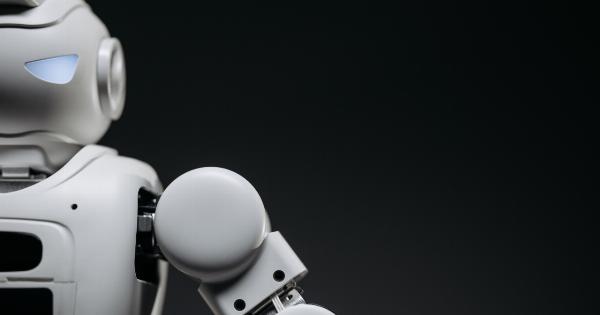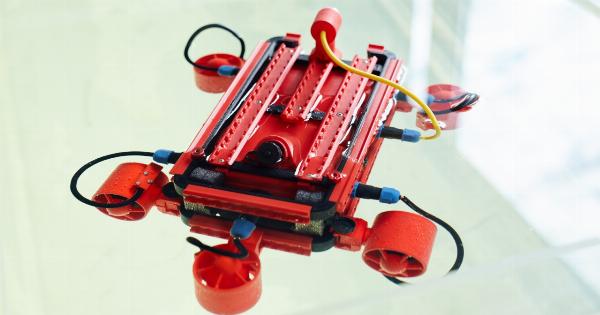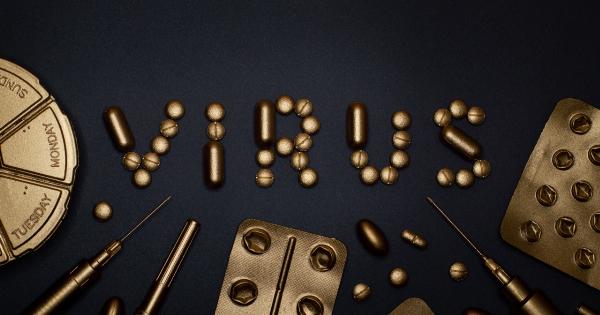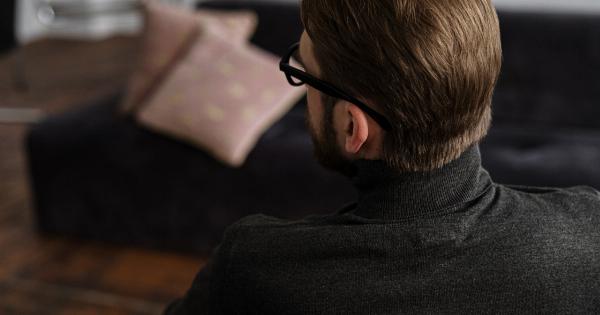In a significant breakthrough, a revolutionary glove has been developed that aims to provide physical touch sensation to individuals with limb amputations.
This groundbreaking innovation opens new possibilities for amputees, offering them a semblance of normalcy and enhancing their daily lives. With the help of advanced technology, this extraordinary development holds the potential to redefine prosthetics and vastly improve the lives of millions of amputees worldwide.
How Does the Glove Work?
The innovative glove works on the principle of haptic feedback, enabling the user to feel physical sensations through a sensory interface.
By leveraging cutting-edge sensors and actuators, this remarkable technology captures touch information and transmits it directly to the user’s residual limb.
When the user wears the glove, small sensors embedded within it gather data from the external environment. These sensors detect varying pressures, forces, and temperatures, mimicking the sense of touch typically associated with intact limbs.
The glove then converts this data into signals that the user’s residual limb can interpret.
Using a system of actuators, the glove tactfully communicates these converted signals back to the user.
The actuators generate gentle vibrations or controlled pressure, providing the amputee with an understanding of the physical sensations their hands would normally perceive.
Customization and Personalization
To ensure optimal functionality, each glove is customized to cater to the specific needs of the user. The technology can be fine-tuned to an individual’s unique physiology, ensuring accurate and precise haptic feedback.
This personalized approach makes the glove highly adaptable, making it suitable for a diverse range of amputees.
Additionally, the glove is designed to integrate seamlessly with existing prosthetic limbs, allowing users to incorporate this groundbreaking technology without the need for significant modifications to their current setups.
Benefits for Amputees
The introduction of this extraordinary glove brings about numerous advantages for individuals with limb amputations:.
1. Enhanced Sensory Feedback
The glove’s advanced haptic technology provides users with a heightened sense of touch and touch-based activities.
This improved sensory feedback can significantly enhance their overall quality of life, boosting their self-confidence and independence.
2. Improved Prosthetic Control
By incorporating tactile sensations, the glove facilitates improved control and coordination of prosthetic limbs. Users can now manipulate objects more precisely, allowing them to perform delicate tasks more efficiently.
This increased dexterity fosters a greater sense of mastery and functionality.
3. Pain Management
Many amputees experience phantom limb pain, a condition characterized by sensations and discomfort in the amputated limb.
By introducing physical touch sensations, the glove can help alleviate phantom limb pain, providing relief and enhancing the daily lives of amputees.
4. Rehabilitation and Psychological Well-being
The glove can play a crucial role in the rehabilitation process for amputees. By restoring the sense of touch, it can aid in retraining the brain and improving proprioception.
Moreover, the psychological benefits of feeling physical contact with objects and loved ones are immeasurable, boosting emotional well-being and facilitating social interactions.
Research and Development
The development of this extraordinary glove was made possible through years of extensive research and collaboration between engineers, scientists, and medical professionals.
Funding from various institutions has played a vital role in realizing this innovative project, underscoring the importance of continued investment in scientific endeavors.
Researchers have conducted numerous trials with amputees to evaluate the effectiveness and viability of the glove. These trials have yielded overwhelmingly positive results, showcasing the potential transformative power of this new technology.
The Future of Haptic Technology
The advent of this remarkable glove represents just the tip of the iceberg in the field of haptic technology. As advancements continue, we can anticipate even more sophisticated and refined gloves that provide an increasingly realistic sense of touch.
These developments will not only benefit amputees but also find applications in virtual reality, gaming, and other industries.
Moreover, the integration of artificial intelligence (AI) and machine learning algorithms holds the potential for further refining haptic feedback.
These technologies can enable the glove to adapt and learn from the user, enhancing its ability to provide accurate and nuanced touch sensations.
Conclusion
The introduction of this revolutionary glove offers an extraordinary opportunity for amputees to regain the sense of physical touch they once had.
By harnessing the power of haptic technology, this innovation marks a significant advancement in the field of prosthetics and amputee rehabilitation. It promises to enrich the lives of millions of individuals worldwide, empowering them to live with increased confidence, functionality, and independence.






























